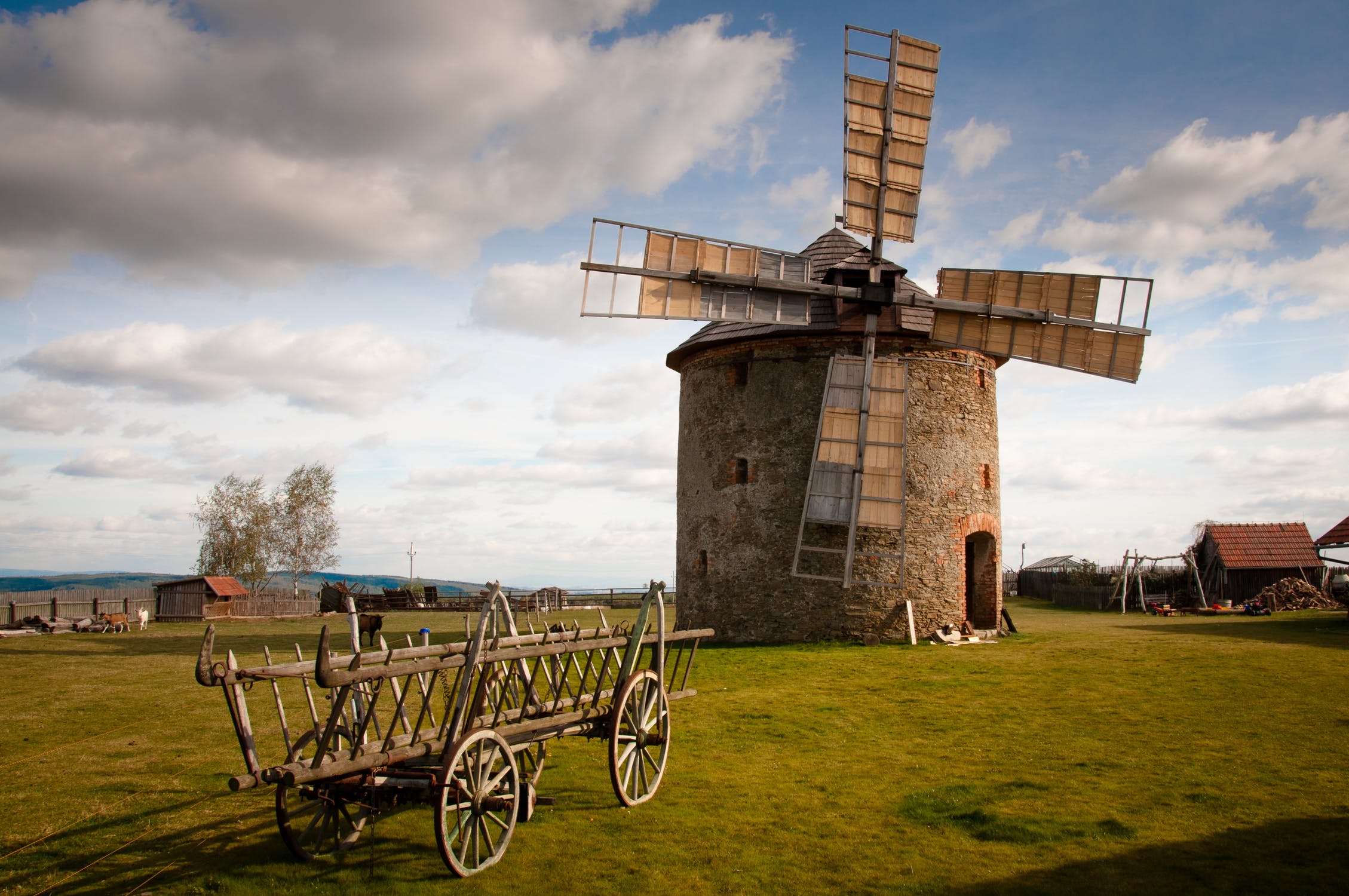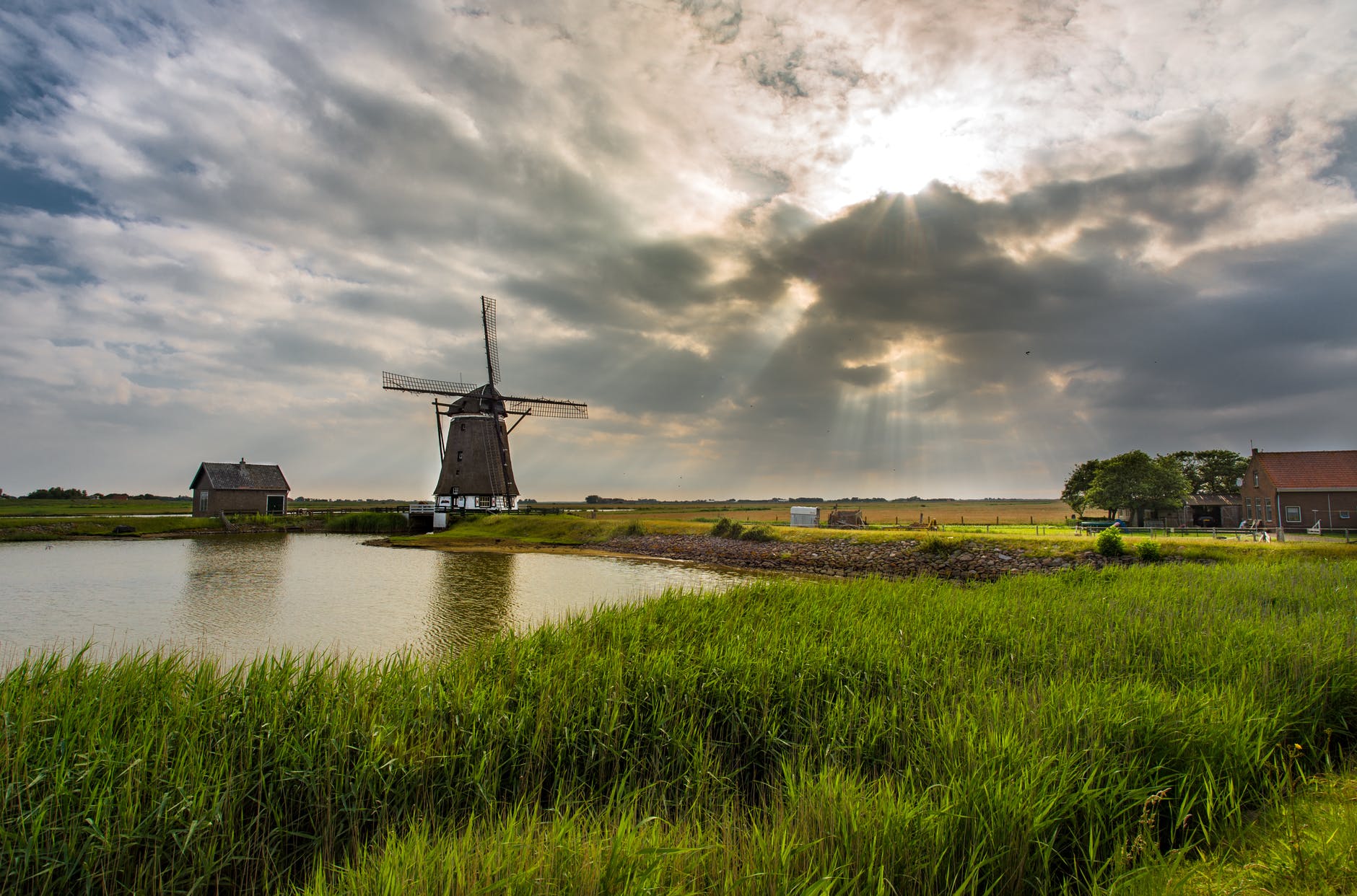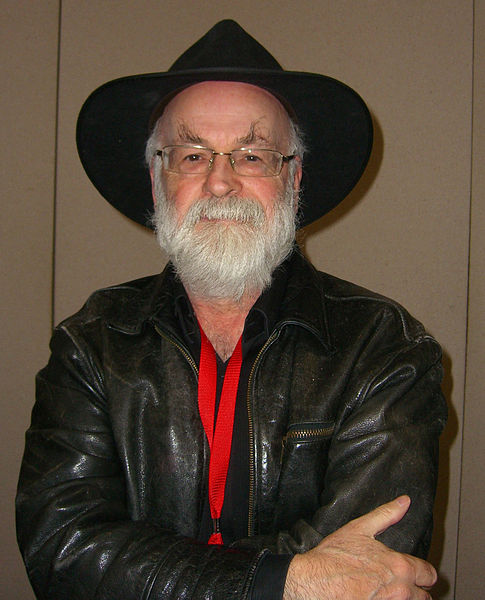Miguel de Cervantes, also known as the “Prince of Wits”, created a literary legacy that continues to be felt in myriad aspects of our everyday lives even to this day. Considered the father of the modern novel, with his magnum opus Don Quixote being ranked by The Guardian as the greatest book ever written, this work is primarily what continues to reverberate throughout contemporary culture.
His sprawling novel chronicling the misadventures of a wannabe knight traversing the decaying society of 16th century Spain has spawned all manner of commonplace phrases, truisms and slang words. Beyond this, Cervantes is considered to have contributed so much to the formation of the modern Spanish language through his works that Spanish is often referred to in Spain as the “language of Cervantes”, not too dissimilar from the way in which British playwright William Shakespeare left his very own profound mark on the formation of the English language.
However, it has been argued and generally accepted in many quarters that the influence and greatness of Cervantes far outstrips that of Shakespeare, even if the former’s oeuvre is considerably shorter than the Bard’s. From the years following his death right up to 2018, let’s take a look at how Cervantes has shaped literary history and continues to shape the world we inhabit.
Miguel de Cervantes: From Publication to Obscurity
Literary success came to Cervantes late in life, following several spells in prison for bankruptcy, a disastrous military career and several cases on banishment. Don Quixote was released just a couple of years before his death, and the author was able to see the immediate impact this very first of novels had on the reading public.
The epic account of a society clearly in decline, as well as Cervantes’ brutal satirical treatment of the nostalgic nationalists and blind idealism of the ruling elite, set the chattering classes aflame, and he was able to enjoy minor celebrity before his death in 1616. The novel later spawned the term “quixotic” which came into popular use during the French revolution according to the Encyclopedia Britannica—quite fitting as the term is used to describe the impractical pursuit of ideological goals.
The works of Cervantes wallowed in the murky waters of obscurity until the mid-Victorian period, when a Europe gripped by revolution and upheaval flocked to the lofty ideals and cynicism expressed by Cervantes. The work entered into something of a vogue from the 1850s onwards, with the most famous novels of such iconic writers as Flaubert and Dostoyevsky drawing direct inspiration from Don Quixote. Since then, Cervantes has become a modern legend. Cervantes and Shakespeare died just a few days apart, and there are many more parallels between the two authors’ lives and contribution. In an article in The New Statesman, Booker Prize-winning author Salman Rushdie goes as far as saying that the two men “wrote the modern literary rulebook” together.
Don Quixote in the Modern Era
Since that first publication run over 400 years ago, Don Quixote alone has gone onto to sell an estimated 500 million copies according to the Financial Times, making it by far one of the bestselling books ever written.
Cervantes’ works have been remodeled for contemporary audiences, with a standout example being the absolutely brilliant and hugely popular comic book adaptation Don Quixote by Rob Davis quite aptly titled Self Made Hero and published in 2011. That novel is also the subject of one of the earliest mass-produced video games in history, known as Super Don Quixote and released by Universal on laserdisc back in 1984. Beyond Don Quixote, the Spaniard’s legacy remains strong; it’s reckoned that his novellas the Novelas Ejemplares offer the first ever depictions of the card game now known as blackjack, according to Betway casino’s history of blackjack blog. Director Terry Gilliam of Monty Python fame famously attempted to make a Cervantes-related film based on Don Quixote several times over the span of 29 years to finally succeed in 2018, with the release of The Man Who Killed Don Quixote.
Moreover, it is estimated that dozens of words from these works and of course Don Quixote continue to enter popular usage in Spanish speaking countries across the world every single year. Most enduring, however, are the ideas espoused in his works.
It was the 20th century when Cervantes’ popularity exploded, following an enduring depiction of the author by Franz Kafka, and of course the iconic sketch of Don Quixote by Pablo Picasso. Beyond this, features of his works have gone on to shape popular culture in the 21st century, as we’ve seen above.
Beneath the extravagant facade of romantic adventure that his works at first appear to be, it’s clear that Cervantes was the very earlier example of a nihilist, an anarchic and a realist who does not shy away from the reality behind lofty ideology and political constructions.






